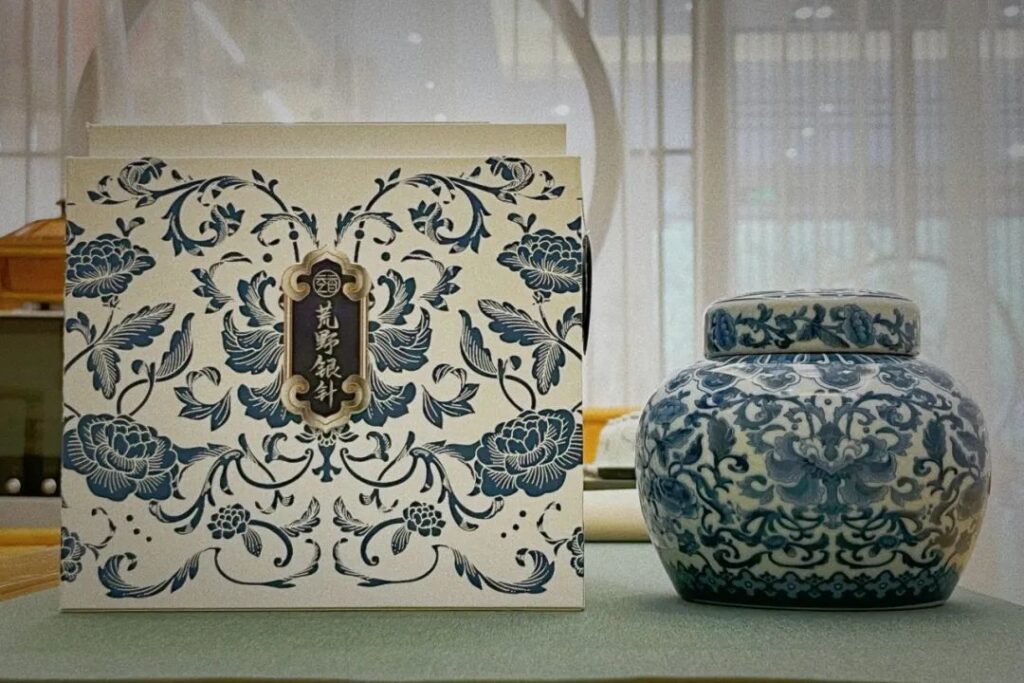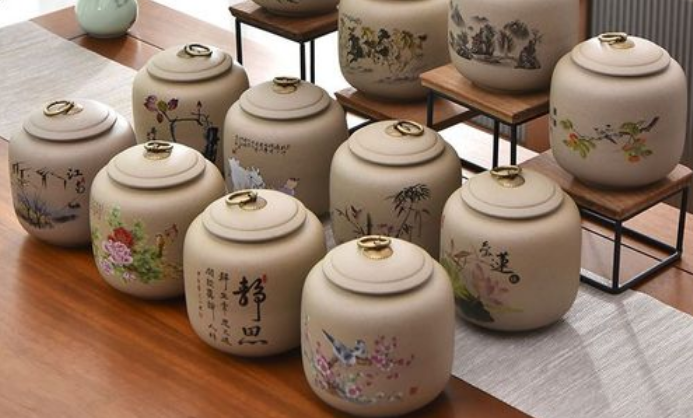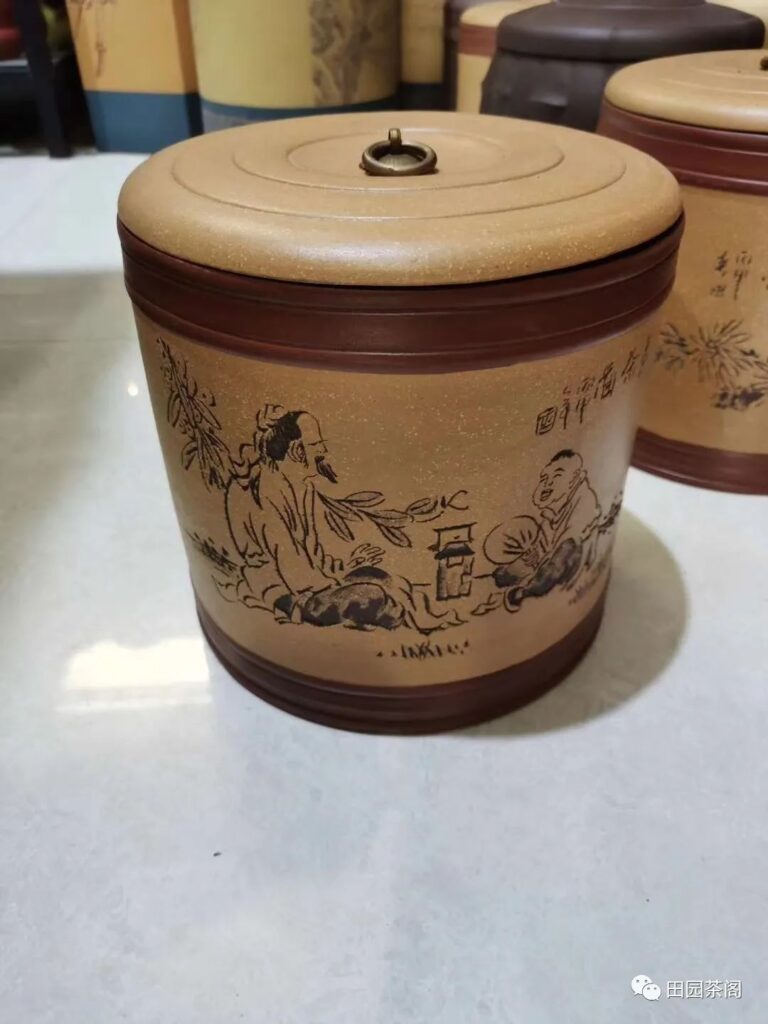Valued in Nature, Wonderful in Mellow Aroma
As the summer heat gradually intensifies, drinking tea has become an important way for people to relieve the heat. However, the tea at home often deteriorates due to improper storage, such as getting damp and moldy, which is quite a pity.
Judging from the characteristics of tea, there are many factors that cause deterioration, such as humidity, temperature, light, and oxygen content. So, how should the commonly stocked tea at home be stored?
1. Prevent high temperature
High temperature will accelerate the decomposition of chlorophyll in tea, thus accelerating the browning of tea, affecting the freshness of tea and reducing the quality of tea. Usually, for every 10°C increase in temperature, the browning speed of tea will increase by 3 – 5 times, resulting in adverse changes in the color, aroma, and taste of tea. For example, green tea loses its fresh green color, black tea loses its fresh aroma, and scented tea loses its fragrance. According to the different characteristics of the six major tea categories, it is recommended to store them at low temperature or normal temperature.
2. Prevent direct sunlight
The ultraviolet rays under the strong sunlight will oxidize the pigments and lipid substances in tea, causing a sun-dried taste in tea. Therefore, tea storage must be kept away from light. Ways such as using aluminum bags and aluminum cans for layer-by-layer sealing can be adopted.
3. Prevent moisture
Tea has strong hygroscopicity. In summer, it is hot and humid, especially in the southern regions where there are many plum rain days and the air is highly humid. When storing tea, it is necessary to control the appropriate humidity to prevent tea from getting moldy.
Generally speaking, tea with a moisture content of less than 6% has relatively stable quality; tea with a moisture content of more than 8% is prone to aging; and when the moisture content of a certain tea exceeds 12%, it is prone to getting moldy and its quality will be greatly damaged.
4. Prevent strange odors
The surface structure of tea is loose and porous, and it is extremely easy to absorb strange odors. When storing tea, be sure to choose a space without strange odors, or store it in a sealed way to isolate strange odors. Foods with strong smells should not be placed too close to tea to avoid flavor transfer! In addition, also note not to choose materials with strange odors to package tea.
5. Prevent oxidation
Components such as polyphenols and amino acids in tea will gradually oxidize when they come into contact with air, resulting in a decline in the quality of tea. Therefore, tea should have less contact with air. Ways such as vacuum pumping or nitrogen filling can be adopted to protect tea.
Storage instructions for each tea category
1. Storage of green tea
[Storage instructions]
The key to storing green tea is low temperature, avoiding sunlight and preventing moisture and strange odors. When storing, you can first put the tea into aluminum foil bags or odorless cans (dry, sealed, refrigerated), and generally place it in a refrigerator at about 5°C. Green tea is not fermented and is not suitable for long-term storage. It needs to be consumed in a timely manner.
2. Storage of black tea
[Storage instructions]
Keep it dry, ventilated, sealed, away from light, and prevent moisture and strange odors. It is recommended to use porcelain jars or aluminum foil bags for sealing and place them in a dry and ventilated place. The fragrance of black tea is easy to volatilize. Storing it under low temperature conditions will inhibit its aroma and reduce the freshness and concentration of the aroma.
The storage of 3-flower tea requires a well-ventilated, dry environment, away from light and moisture. Porcelain containers are most suitable for maintaining the stability of flower tea. If transparent glass containers are used, they must be kept in a light-free area.
Flower tea, with its rich floral aroma, is best stored in dry containers, away from light and high temperatures.
The storage of 4-white tea involves keeping it at room temperature, in a dry, sealed environment, away from light, odors, and ensuring good ventilation. It should be stored away from walls and the floor. For long-term storage, it is recommended to use aluminum foil bags, sealed with an additional moisture-proof bag, and placed away from walls and the floor. Properly stored white tea increases in value over time, earning the saying ‘one year tea, three years medicine, seven years treasure’.
The storage of Pu-erh tea requires avoiding light, sealing to prevent moisture, and ensuring a dry, well-ventilated environment without odors. If storing tea for personal collection, it is best to have a separate storage room. Storage containers made of pottery or purple sand are recommended, with light-proof preservation. Pu-erh tea should be stored separately for raw and ripe varieties to prevent flavor mixing.
China’s six major types of tea, differentiated by their production processes, each have unique flavors and characteristics, as well as varying shelf lives and storage methods.



